What’s on at the world’s leading galleries
Show of the Day

painting, sound, robotics, neon, marble, and hair in an immersive exhibition of new and existing work across seven diverse and site-specific environments
News
See all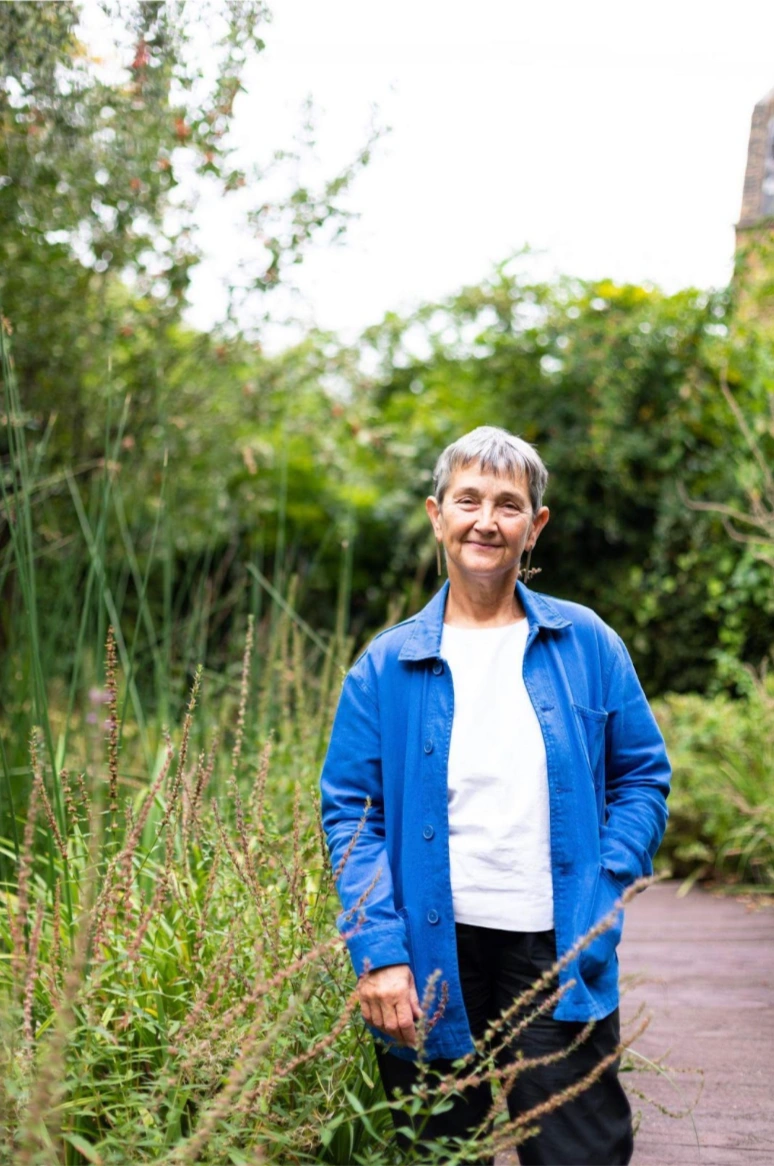
news
Frances Morris CBE appointed Chair of Gallery Climate Coalition Board
Morris will contribute her broad experience and international network towards GCC’s mission of mainstreaming Environmental Responsibility in the art world and reducing the sector’s CO₂ emissions

article
Giuseppe Penone: Thoughts in the Roots
nature and humanity, how the leading Arte Povera artist brings the natural world inside, and art outside
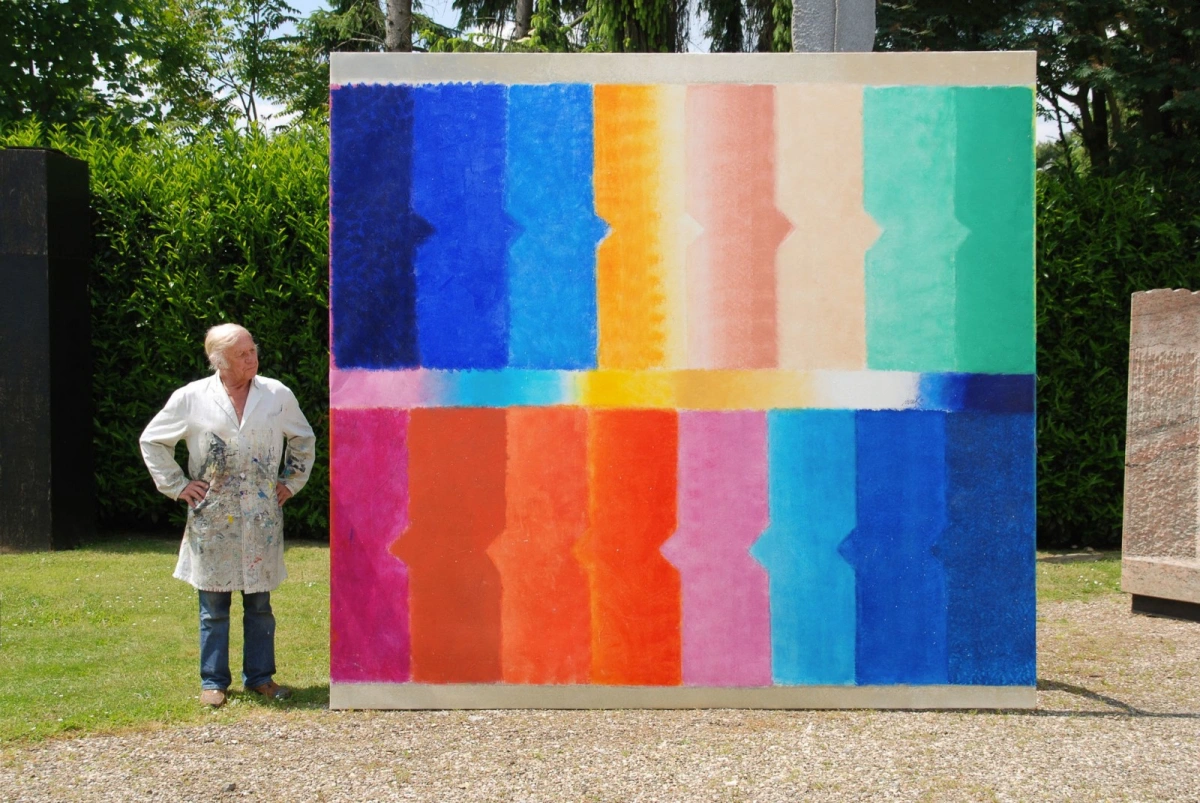
news
Almine Rech now represents Heinz Mack
Mack is the co-founder of the ZERO movement, known for his explorations of light, color, and movement through painting, sculpture, and installation
Exhibitions on Now
See all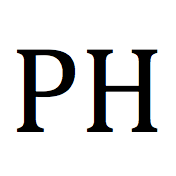
London West End

Berlin
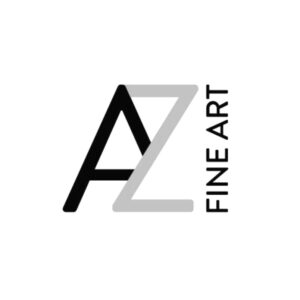
London West End

London West End

London West End
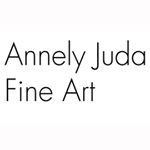
London West End
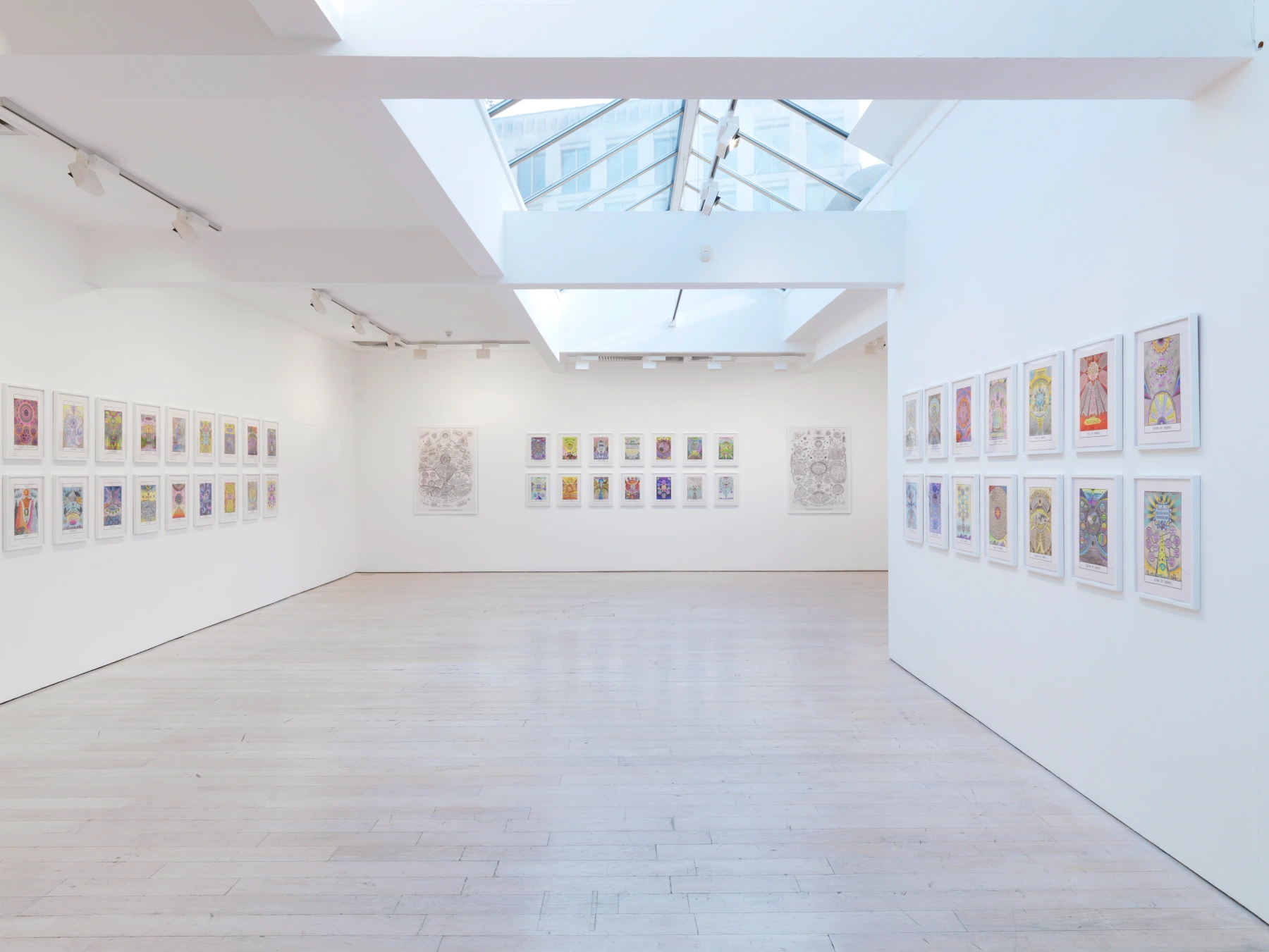
20 Mar - 3 May 2025
Mon-Fri 10am-5.30pm, Sat 11am-5pm
26
presented alongside a selection of her visionary Museum paintings, new works by Treister in the form of tarot cards, diagrams and AI-prompted works reimagining alchemical drawings of the 13th-18th centuries
My Favourited Exhibitions
Shop
Build your art library
-
 Nicholas Logsdail / Robert Storr
Nicholas Logsdail / Robert StorrCarmen Herrera
Monograph
£35.00 Out of Stock : GalleriesNow.net
Read more -
 Michael Wolf
Michael WolfHong Kong Inside Outside
Monograph, Christophe Guye
£2,100.00 : Christophe Guye
Add to cart -
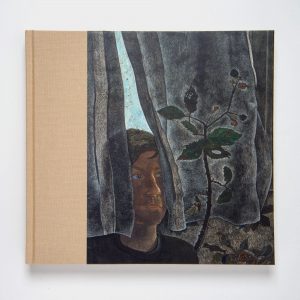 Lucian Freud
Lucian FreudDrawings
Monograph
£40.00 Out of Stock : GalleriesNow.net
Read more -
 Bob Law
Bob LawField Works
Books, Richard Saltoun
£10.00 Out of Stock : Richard Saltoun
Read more




















